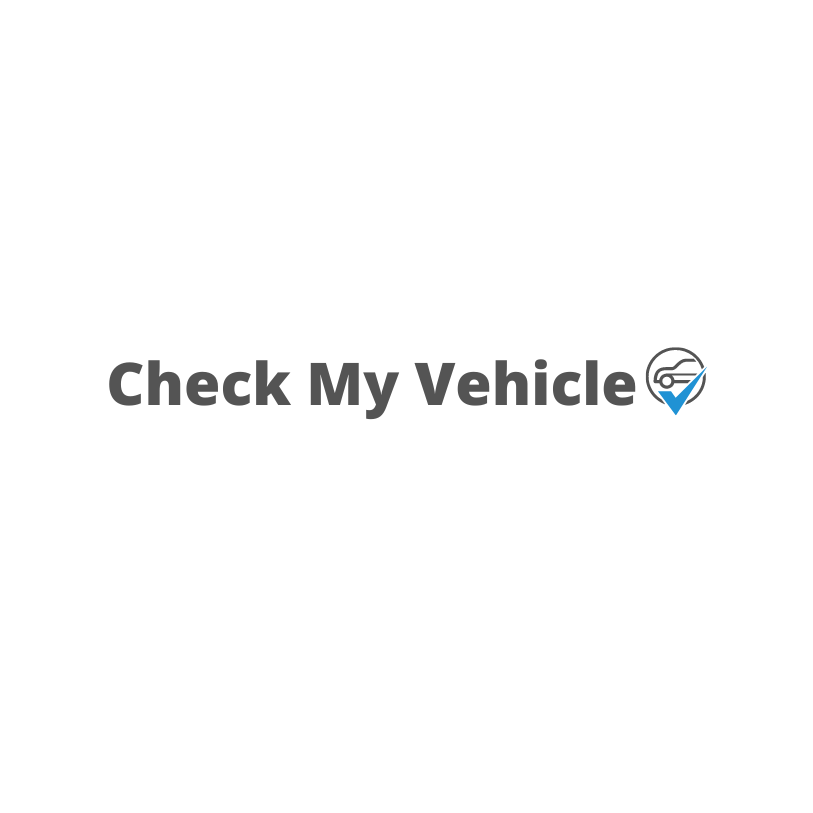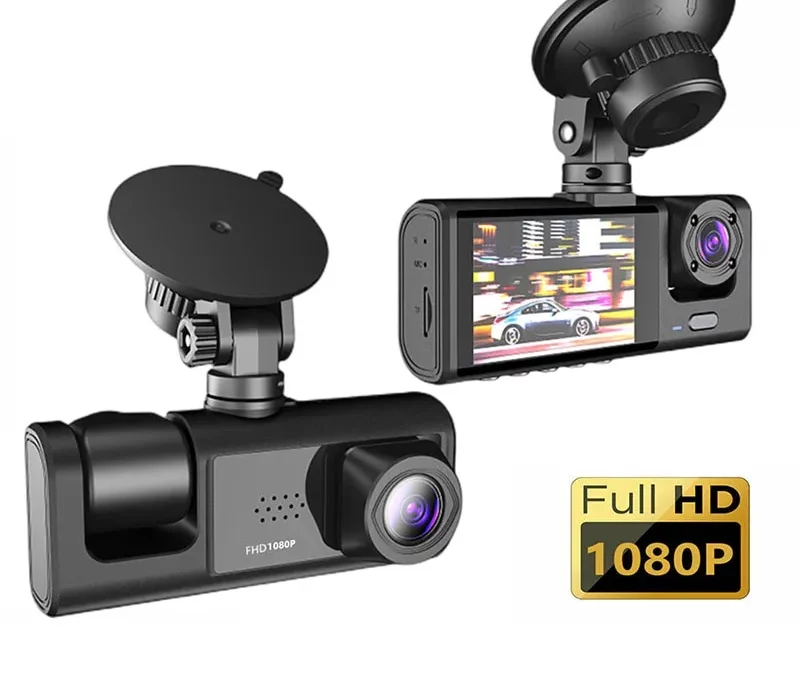Dash cams have become increasingly popular in recent years, and for good reason. These compact devices, mounted on your car’s dashboard or windscreen, serve as an extra pair of eyes on the road, capturing important footage that can be invaluable in various situations. In this comprehensive guide, we will delve into the world of dash cams, exploring how they work, their benefits, the different types available, and how to choose the best one for your needs.
How do dash cams work?
Dash cams are essentially small cameras that continuously record while you’re driving. They are usually powered by your car’s electrical system or a built-in battery. The camera lens captures a wide-angle view of the road ahead, recording video footage onto a memory card. Some dash cams also have additional features, such as GPS tracking and motion sensors.
When you start your car, the dash cam automatically turns on and begins recording. The footage is usually saved in short video clips, which are then looped, overwriting the oldest clips when the memory card is full. In the event of an accident or an incident, the dash cam’s G-sensor will detect the impact and automatically save the current footage, preventing it from being overwritten.
Benefits of using a dash cam
There are numerous benefits to using a dash cam. Firstly, it provides evidence in case of accidents or insurance claims. The footage captured by the dash cam can be used to prove who was at fault, helping to expedite the claims process and potentially saving you from increased insurance premiums.
Furthermore, dash cams can enhance your safety on the road. They act as a deterrent to reckless driving, as the presence of a dash cam can make other drivers think twice before engaging in dangerous behavior. Additionally, having a dash cam can help improve your own driving habits, as you can review the footage and identify any areas where you may need to improve.
Types of dash cams
There are several types of dash cams available on the market, each with its own set of features and advantages. The most common types include front-facing dash cams, rear-facing dash cams, and dual-channel dash cams. Front-facing dash cams are the most basic type, capturing video footage of the road ahead. They are ideal for recording accidents or incidents that occur in front of your vehicle. Rear-facing dash cams, on the other hand, are designed to record what is happening behind your vehicle. They are particularly useful for capturing incidents involving rear-end collisions or acts of vandalism. Dual-channel dash cams are a combination of front and rear-facing cameras, providing comprehensive coverage of both the front and back of your vehicle. This type of dash cam is especially popular among taxi and rideshare drivers.
Choosing the best dash cam for your needs
When it comes to selecting the best dash cam for your needs, there are several factors to consider. Firstly, you should determine your budget and set realistic expectations based on that. Dash cams can range in price from budget-friendly options to more high-end models with advanced features.
Next, consider the video quality and resolution. Look for a dash cam that records in at least 1080p resolution for clear, detailed footage. Some dash cams even offer 4K resolution, which provides even greater clarity.
Other features to look for include GPS tracking, which can provide additional information such as speed and location, as well as Wi-Fi connectivity for easy access to your footage. Additionally, consider the size and design of the dash cam, ensuring that it fits well in your car and is not obstructing your view.
Installing a dash cam in your car
Installing a dash cam in your car is a relatively straightforward process. Most dash cams come with a suction cup mount or an adhesive mount for attaching it to your windscreen. Simply find a suitable location that provides an unobstructed view of the road ahead, attach the mount, and secure the dash cam in place.
Before mounting the dash cam, make sure to clean the windscreen thoroughly to ensure proper adhesion. Additionally, consider the position of the power cable to avoid any interference with your view or the functioning of your car’s controls.
Once the dash cam is installed, connect it to a power source, either by plugging it into your car’s cigarette lighter socket or by hardwiring it to your car’s electrical system. Follow the manufacturer’s instructions for the specific installation process, as it may vary depending on the model of your dash cam.
Front and rear dash cams: A complete overview
Front and rear dash cams offer enhanced coverage and provide a more comprehensive view of the road. While front-facing dash cams capture incidents that occur in front of your vehicle, rear-facing dash cams record what’s happening behind you. Together, they provide a complete overview, ensuring that no incidents go unnoticed.
Front and rear dash cams are particularly useful in hit-and-run accidents, as they can capture the license plate of the vehicle involved. They also offer added security against vandalism and theft, as they can capture footage of any suspicious activity near your vehicle.
When choosing a front and rear dash cam, ensure that both cameras have high-quality video resolution and a wide-angle lens. Additionally, consider the length of the power cable, as it will need to reach both the front and rear of your vehicle.
Dash cam footage and its legal implications
The footage captured by a dash cam can have legal implications, both positive and negative. On one hand, it can provide valuable evidence in case of accidents, helping to determine who was at fault. This can be particularly useful if the other party involved disputes your version of events.
However, it’s important to be aware of privacy laws and regulations when using a dash cam. In some jurisdictions, recording audio without the consent of all parties involved may be illegal. It’s crucial to familiarize yourself with the laws in your area and ensure that you are using your dash cam in compliance with these regulations.
Additionally, be mindful of the sensitivity of the footage you capture. Avoid sharing or posting footage that includes identifiable individuals without their consent, as this can potentially violate their privacy rights.
Dash cam maintenance and troubleshooting
To ensure that your dash cam functions optimally, regular maintenance is necessary. Keep the lens clean and free from dust and smudges to prevent interference with the video quality. Use a microfiber cloth or lens cleaning solution for this purpose, avoiding harsh chemicals that could damage the camera lens.
Check the memory card regularly and format it as needed to prevent any issues with recording or playback. It’s also a good idea to periodically review the footage to ensure that the dash cam is working properly and capturing the necessary information.
If you encounter any issues with your dash cam, such as it not turning on or the footage being blurry, consult the manufacturer’s troubleshooting guide or contact their customer support for assistance. They will be able to provide guidance and help resolve any technical problems you may be experiencing.
Popular dash cam brands and models
There are several reputable dash cam brands on the market, each offering a range of models to suit different needs and budgets. Some of the most popular brands include Garmin, Nextbase, BlackVue, and Thinkware.
Garmin offers a wide selection of dash cams, known for their reliability and advanced features. Their models range from basic options to more advanced ones with built-in GPS and driver assistance systems.
Nextbase is another well-known brand, offering a variety of dash cams with excellent video quality and user-friendly interfaces. They are known for their ease of use and reliability.
BlackVue specializes in high-end dash cams with advanced features such as cloud connectivity and parking mode. Their models are popular among professional drivers and those seeking top-of-the-line dash cam technology.
Thinkware is renowned for its innovative dash cams, featuring high-quality video recording and smart safety features. Their models often include advanced driver assistance systems and connectivity options.
Conclusion
Dash cams have revolutionized the way we document our journeys on the road. With their ability to capture important footage, enhance safety, and provide valuable evidence in case of accidents, they have become an essential accessory for many drivers. By understanding how dash cams work, the benefits they offer, and the various options available, you can make an informed decision when choosing the best dash cam for your needs. So, equip yourself with a reliable dash cam and hit the road with confidence, knowing that you have an extra set of eyes on the lookout for you.

